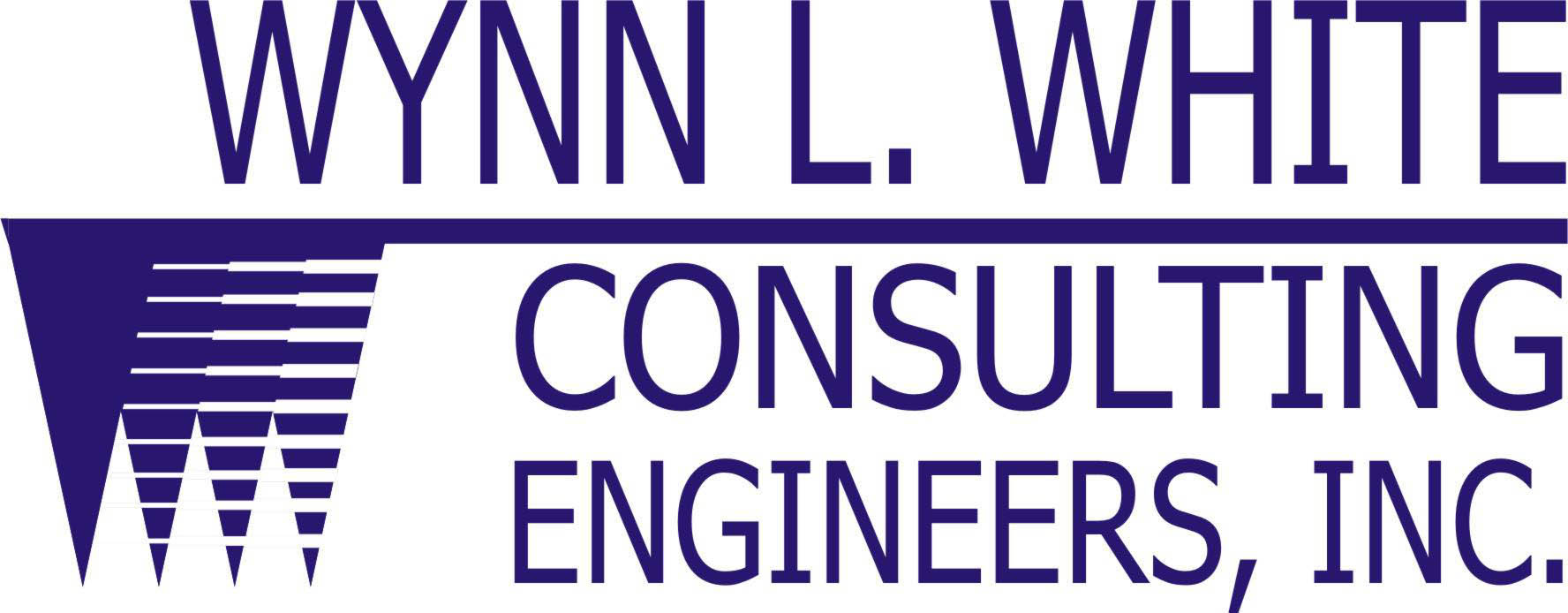How Do You Separate Hurricane Laura Mold Damage From Prior Mold Damage?
Hurricane Laura mold damage is unknown at this point. Remnants of Hurricane Laura are still out there, and we haven’t yet had the chance to assess damage across the region. And when it comes to mold, the problems don’t show up right away. The good thing about that is you have some time to get materials dry and clean, and maybe avoid mold growth. Usually though, 24-48 hours after a storm, you’ll start to see mold growth. I’ll bet people across the region will start seeing Hurricane Laura mold damage.
As people start to gut homes and businesses, they’ll see Hurricane Laura mold damage, but they’ll also see mold damage that predates Hurricane Laura. You might wonder why this is a problem, or who might care about this.
In my opinion, it shouldn’t matter much. Mold growth is mold growth, regardless of whether it started yesterday or 30 years ago. Find the mold, do the mold remediation, and make sure the mold does not come back. But it might matter to the people with the most clout. The people writing the checks – the insurance companies.
I’m not here to bash insurance companies. They’re obligated to live up to the conditions of the policies they write. And without going into it too much, they are obligated to cover the damage caused by Hurricane Laura. That will include Hurricane Laura mold damage.
What they won’t want to do is cover mold damage that is not Hurricane Laura mold damage. The problem is that here very soon it’ll be difficult, if not impossible to separate Hurricane Laura mold damage from mold damage that was already there. And if you’re doing mold remediation, do you stop to wonder how long the mold has been there, or do you clean it up and move on to the next problem?
After Hurricane Katrina and Hurricane Rita, we worked to help Building Owners and Contractors with environmental problems. Most of our work was mold related, but we did a fair amount of environmental work as a result of Hurricane Katrina and Hurricane Rita. We worked everywhere from Pascagoula, Mississippi, to southwest Louisiana. We worked in hotels, schools, libraries, airports, casinos, offices – all kinds of buildings. A lot of that work was asbestos, our claim to fame, but a lot of it was related to mold damage.
An interesting twist to some of the work was the fact that we were asked to differentiate between Hurricane Katrina or Hurricane Rita mold damage and water damage and mold that existed prior to the storm. How exactly can you do that? In some cases, we were asked to differentiate between Hurricane Katrina mold damage and Hurricane Rita mold damage – two devastating storms that occurred less than a month apart. Sure, we can do that.
From my perspective, that’s not that important since I want to help the Owner fix the problem, hopefully for good (you can’t design and build for every contingency, but you can hedge your bets). But Building Owners and the insurance people were sure wanting to know what damage Hurricane Katrina caused so they could sort out claims adjustment. And that’s certainly understandable.
Take a look at the pictures below. The wall cavities shown are from a building in Louisiana, and there’s no doubting that the wall has experienced water damage. That Hurricane Katrina damaged this building was also apparent due to observations made at the time of the storm. What’s not so obvious is the answer to the question, “What about before Hurricane Katrina?”. At the time of the storm, this building was pretty old, and based on the site conditions and wall construction, it’s apparent that the wall materials very likely endured water damage and mold before 2005. But differentiating between the Hurricane Katrina mold damage and that caused by prior storms is often impossible.

Not all of this was caused by Hurricane Katrina

see potential problems with this wall?
See any problems with the wall construction? As with any cladding system, the brick veneer allows some water in – but the important question is how the wall system manages the water that does get in. In this case, the wall system was vulnerable from day one. So as much as we’d like to blame Hurricane Katrina for all mold and moisture problems in the area, this building had mold and moisture problems – it just took a storm like Hurricane Katrina to make the problems in this building known. The good news is the remediation went well, and as far as we know, the Owner had a happy ending in the long run. As many of you know, not all Hurricane Katrina remediation stories had a happy ending. Hurricane Laura mold damage will likely follow similar patterns.
Until the next episode:

Wynn’s a good guy to have around if you like corny jokes and want to solve mold problems
Please send me your comments and any tips you’d like to share with people working to recover from Hurricane Laura mold damage, and I’ll include your responses in a future post.
And if I can help with anything, give me a call (225-761-9141 extension 2) or send me an email at cwhite@wynnwhite.com.
Stay dry, and stay safe, my friends.
Chris




